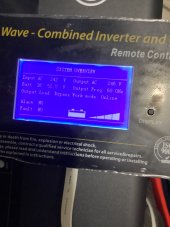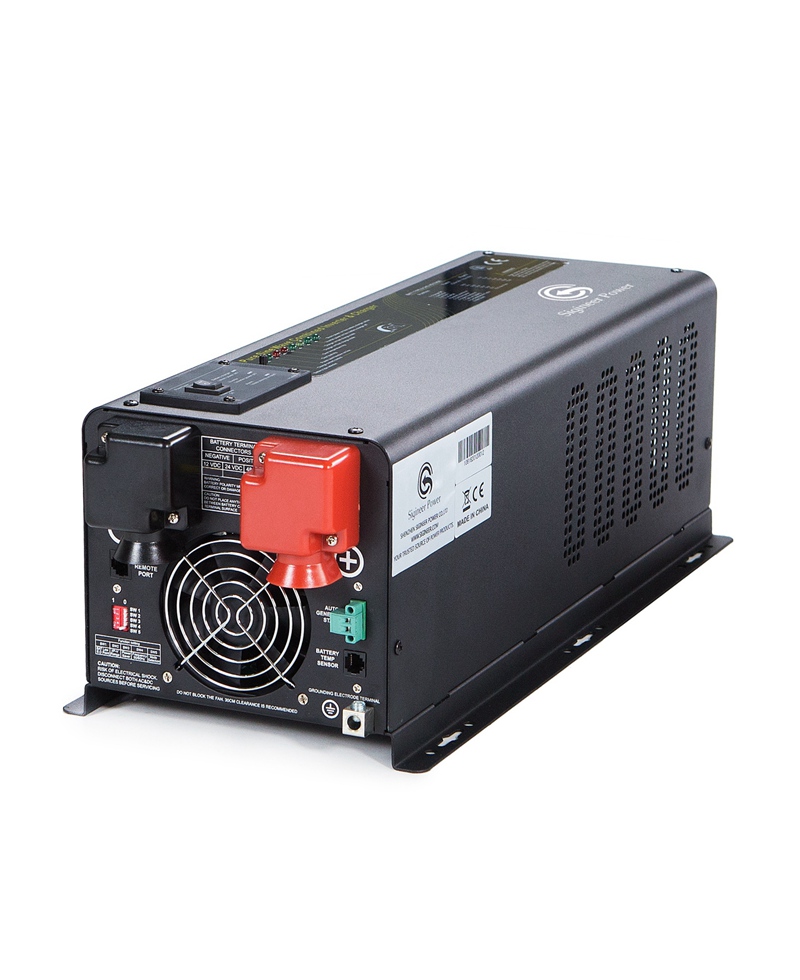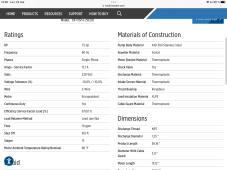
 Hello! This morning, the battery is blinking red...this is a picture of the inverter monitor,,,the inverter is on the main...the goal of the system is to back up a well pump in case of electricity outage ...(no Solar) also, when I tried to run the pump only on the battery, the current was not going outnsteady at 240 from the inverter, and I got a message error from the pump. Need help to figure out what to do? Thanks
Hello! This morning, the battery is blinking red...this is a picture of the inverter monitor,,,the inverter is on the main...the goal of the system is to back up a well pump in case of electricity outage ...(no Solar) also, when I tried to run the pump only on the battery, the current was not going outnsteady at 240 from the inverter, and I got a message error from the pump. Need help to figure out what to do? Thanks



